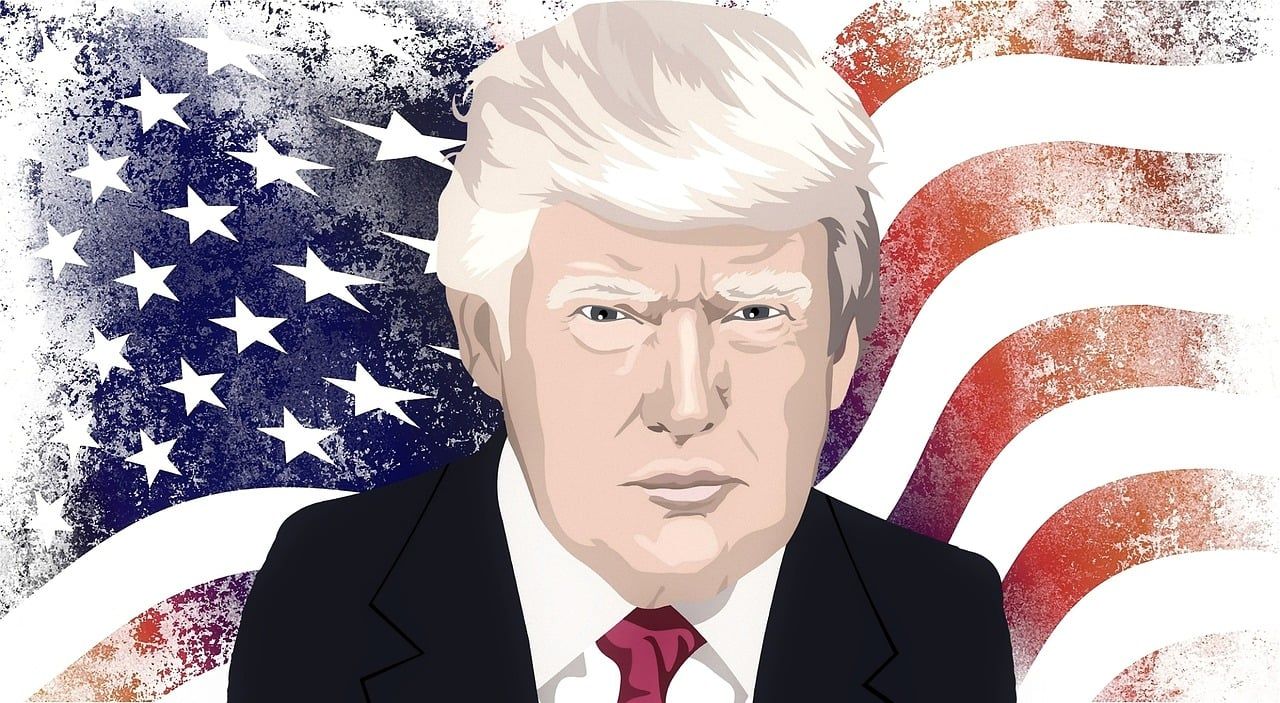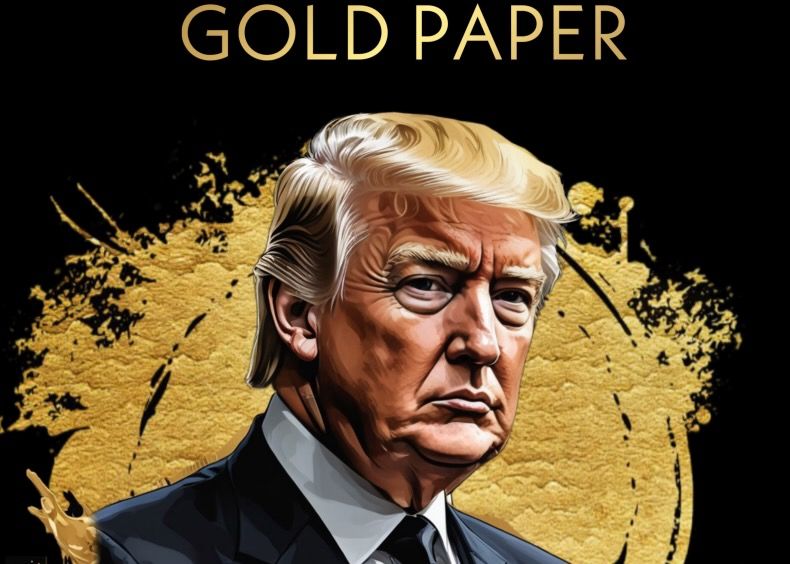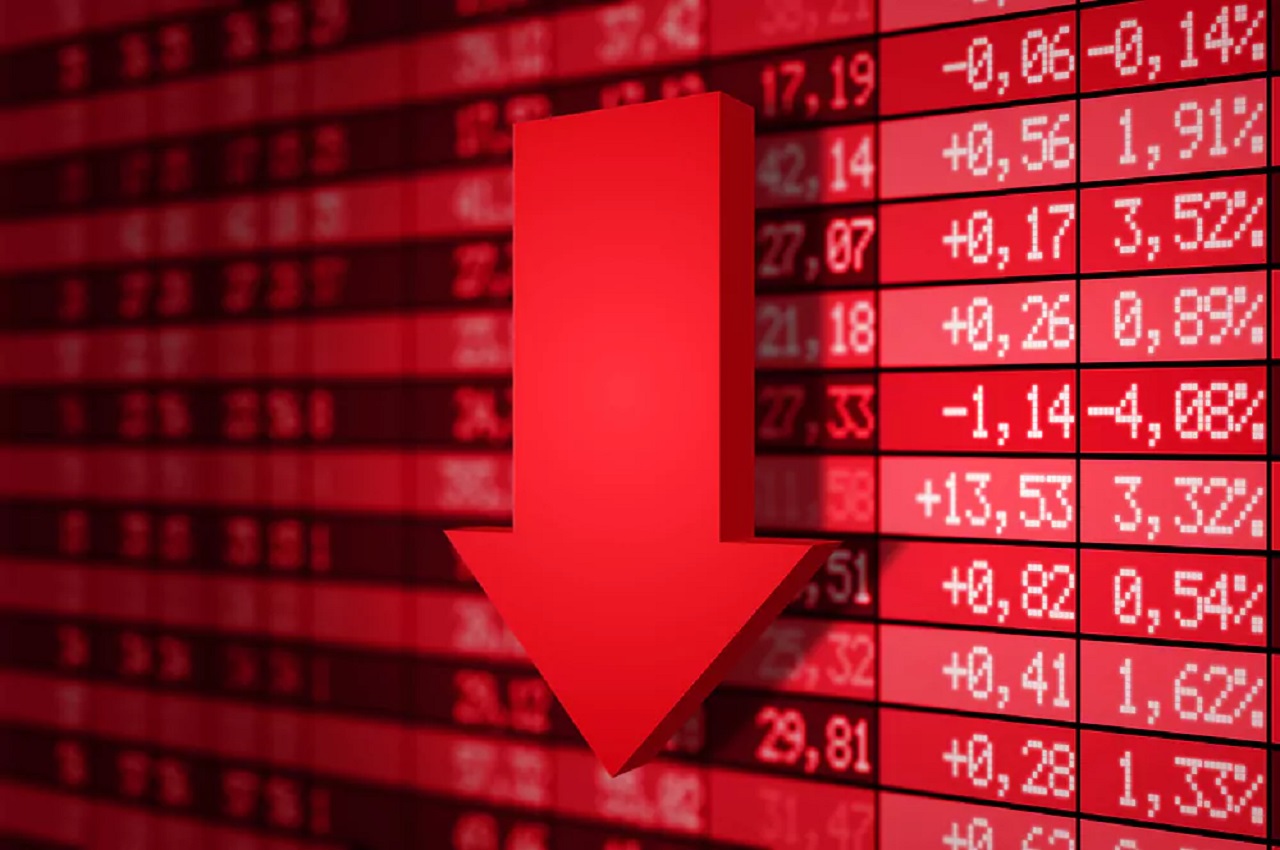Market Reaction to Trump’s Tariff Decisions
Donald Trump’s recent decision to impose tariffs has seemingly shifted market sentiment, particularly affecting the cryptocurrency sector. Following his pro-crypto promises, the announcement led to a significant decline in the prices of bitcoin (BTC) and other major cryptocurrencies over the past 24 hours. Traders are speculating that this dip could present a buying opportunity for several reasons, primarily relating to the anticipated growth and increasing demand for dollar-backed stablecoins.
Peter Chung, head of Presto Research, commented on the situation via Telegram, stating, “One optimistic perspective revolves around stablecoins. Treasury Secretary Scott Bessent has recently pointed out that Trump favors tariffs over sanctions as a diplomatic strategy. Sanctions often alienate countries from the dollar, thereby undermining U.S. financial dominance. If this holds true, it’s likely that Trump will prioritize the Stablecoin Bill in Congress, which would enhance the dollar’s functionality and reinforce its position in the global economy.”
Vincent Liu, the chief investment officer at Kronos Research, echoed this sentiment. “Given the ongoing anxiety surrounding tariff escalations and currency fluctuations—evidenced by the Canadian dollar’s depreciation against the USD since the tariffs were introduced—there is potential for accelerated adoption of stablecoins pegged to major fiat currencies. As a safeguard against economic instability, stablecoins facilitate global transactions, eliminate foreign exchange conversion challenges, and offer a seamless entry point into the crypto market. In the long term, greater adoption of stablecoins could improve liquidity, attract institutional investments, and foster regulatory clarity. This evolution may establish stablecoins as a fundamental aspect of the crypto economy, enhancing market stability and promoting sustained growth,” Liu elaborated.
Additionally, a significant $2.2 billion liquidation from crypto futures since Sunday could provide a foundation for short-term recovery. High levels of liquidation often indicate an oversold market, suggesting that a price correction may be concluding, thus creating favorable conditions for buying after a substantial downturn. Areas on price charts characterized by high liquidation volumes can serve as critical support or resistance points where the price may reverse, due to diminished selling pressure from liquidated positions.
However, if the market continues its downward trajectory, traders holding short positions might interpret this as validation for their strategies, potentially increasing their bets. In contrast, contrarian traders might see heavy liquidation as a prime buying opportunity, anticipating a rebound once the selling pressure subsides.
What Triggered the Market Dip?
Over the weekend, Trump announced a 25% tariff on goods imported from Canada and Mexico, along with a 10% tariff on imports from China. This move appears to have initiated a trade war, prompting Canada to respond with a 25% tariff on $106 billion worth of U.S. goods, while Mexico is also expected to implement similar measures. The impact of these tariffs has been felt across various markets, with two-year Treasury yields rising and the 10-year yield falling, indicating concerns about short-term inflation. Asian markets experienced declines on Monday, gold prices dropped, oil prices rose, and the cryptocurrency market plunged.
Trump is also contemplating tariffs on European Union imports, which could be announced “pretty soon,” according to the BBC. The EU has signaled that it will respond collectively and “firmly” if and when such tariffs are enacted, indicating potential retaliatory measures.
The core principle of tariffs is to increase the cost of imports, thereby encouraging domestic production and reducing reliance on foreign goods. This approach is part of a broader strategy to leverage trade policy for more favorable terms in international negotiations. However, tariffs can also raise the prices of goods exported to the U.S., potentially harming the economies of the affected countries by diminishing demand for their products. When one country imposes tariffs, it often leads to reciprocal actions from others, resulting in a cycle of escalating trade barriers.
Tariffs can disrupt established global supply chains, leading to shortages or increased prices elsewhere, which may provoke further protectionist measures from impacted nations—creating additional turmoil in financial markets.
The absence of imminent catalysts may leave crypto markets in a state of stagnation, barring any strong, isolated triggers that could positively influence bitcoin prices. Nick Ruck, director at LVRG Research, shared his thoughts on the matter: “Market sentiment has turned negative, with little optimism for a turnaround, except for potential initiatives like a Bitcoin Strategic Reserve and increased regulatory support from the government. While the current market dynamics are vastly different, past tariffs from the previous Trump administration serve as a reminder that such announcements often resulted in only short-lived shocks to crypto prices, while the broader bullish trend remained intact.”







